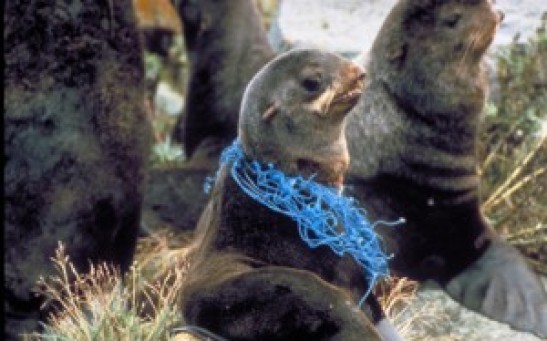nature
A Race Against the Clock—Volunteers in New Zealand Try to Save Stranded Pilot Whale Pod

Stellar Duo Fated to Meet a Supernova End—Twin Stars Discovered in Henize 2-428
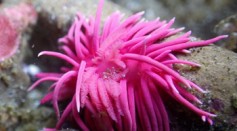
Is Climate Change To Blame for These Blooming Pink Nudibranchs?
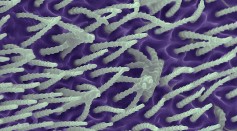
Watch This Spider Spin a Web That Makes Tech Designers Envious
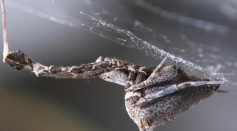
Ever Wonder How Spiders Spin Such Long Webs? Researchers at Oxford Use Microscopy to Find the Answer

Extreme Weather Risk Doubles Due To Global Warming
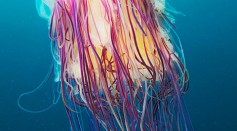
Jellies Reveal Clever Mode of Transport, Even in Absence of Brains
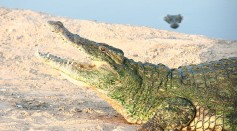
Reptile Preceding Dinosaurs Discovered
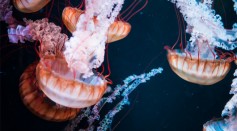
VIDEO—Jellyfish Reveal A Knack for Global Positioning & Swimming in New Study

Revealing the Swimming Secrets of the Ageless, Brainless Jellyfish

Reprogramming the World: Putting a Kill Switch in GMOs
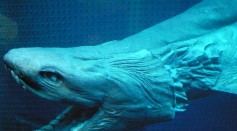
"Living Fossil" Frilled Shark Comes Up From Ocean Depths

Greenland's Massive Ice Sheets Reveal New Lakes Below

Fertilizers Pose a Threat to the Future of Our Planet
Most Popular

AI Revolution in Medical Education: Transforming How Healthcare Professionals Learn

Optimizing Complex Catalog Systems with Graph Theory and Indexing

Exploring Life Beyond Earth: Study Claims Other Planets Could Be Suitable for Alien Life

Nikolay Karpenko Biography, Photo, Career, Accomplishments

